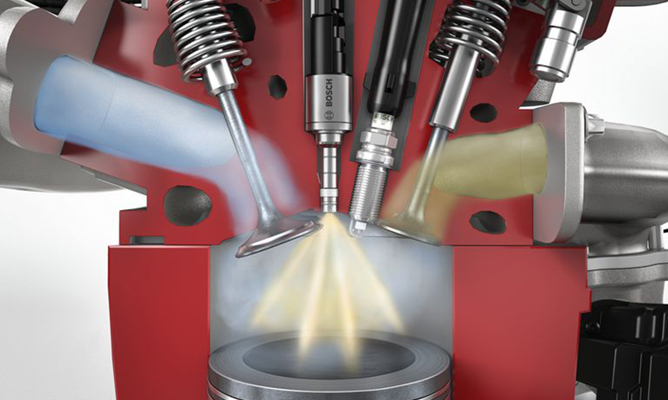
Direct injection technology squeezes some extra out of an engine albeit at an extra cost
Direct Injection fuel technology is an impressive innovation that squeezes more miles from the same amount of fuel. In the automotive world, this technology has been touted as the automotive Holy Grail. The direct injection engines are actually performing better.
Mazda Corporation, for example, is using direct injection fuel technology in the Mazda3 engine range. When it comes into action the fuel economy jumped up from 28mpg to 32mpg in 2012. The SkyActiv engines were introduced to take this efficiency even a step further. Apart from Mazda, other automakers like Cadillac also use the same technology to squeeze some extra horsepower from engines without sacrificing the fuel economy.
Currently, direct injection is seen mostly on luxury vehicles or on mainstream cars as a higher trim option and costs an extra few hundred dollars or in some special cases few thousand dollars. It will soon be available on all cars as a standard technology as prices continue to drop down.
Let’s have a look, how direct injection works? It injects the fuel directly into the engine’s cylinders at very high pressure. Direct injection system measures fuel consumption very precisely compared to conventional engines.
The process ends up in complete combustion and lower cylinder temperatures that enable higher compression ratios to offer higher efficiency levels. Bosch is offering this technology for automakers and they claim that the direct injection system returns a 15 percent or more gain in fuel economy. It also boosts up the low-end torque by more than 50 percent. Majority of automakers are adopting this technology.
